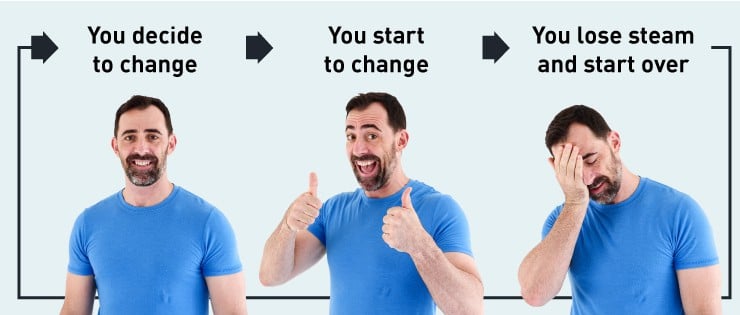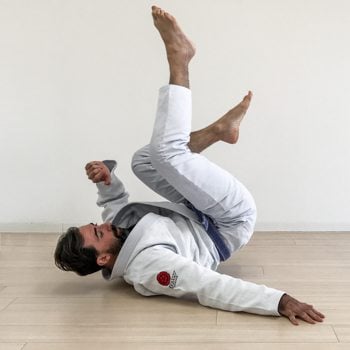Heya 👋🏻 and welcome! On this page, you’ll find everything you need to know about getting into bodyweight training the GMB way, even if you have no experience or aren’t sure how to get started.
💡 Skip to the section you want:
1. How to assess your movement 🕺 | 2. Learning the basic concepts 🏁 | 3. Training properly at home 🏠 | 4. Building motivation 🧠 | 5.Try out these routines 💪🏻
Get Our Free Strength and Agility Workout ⤵️





